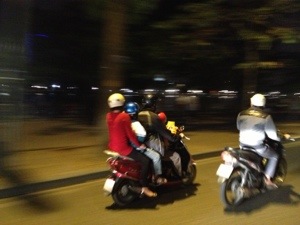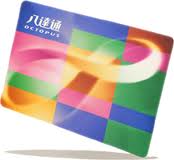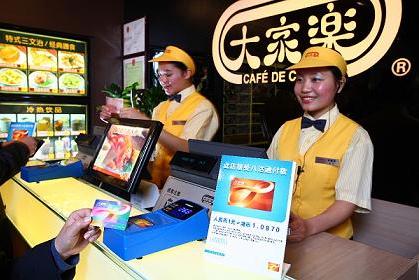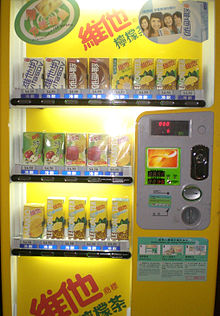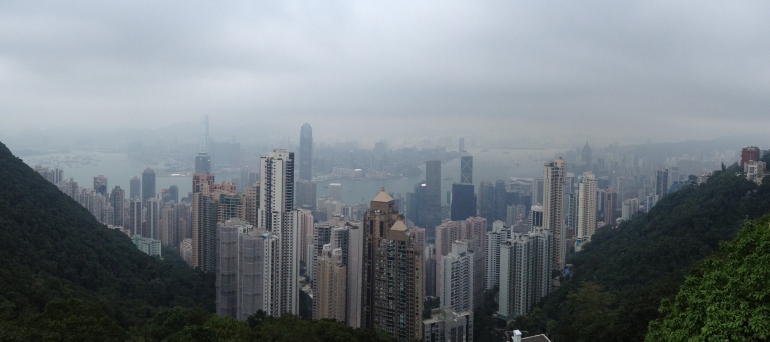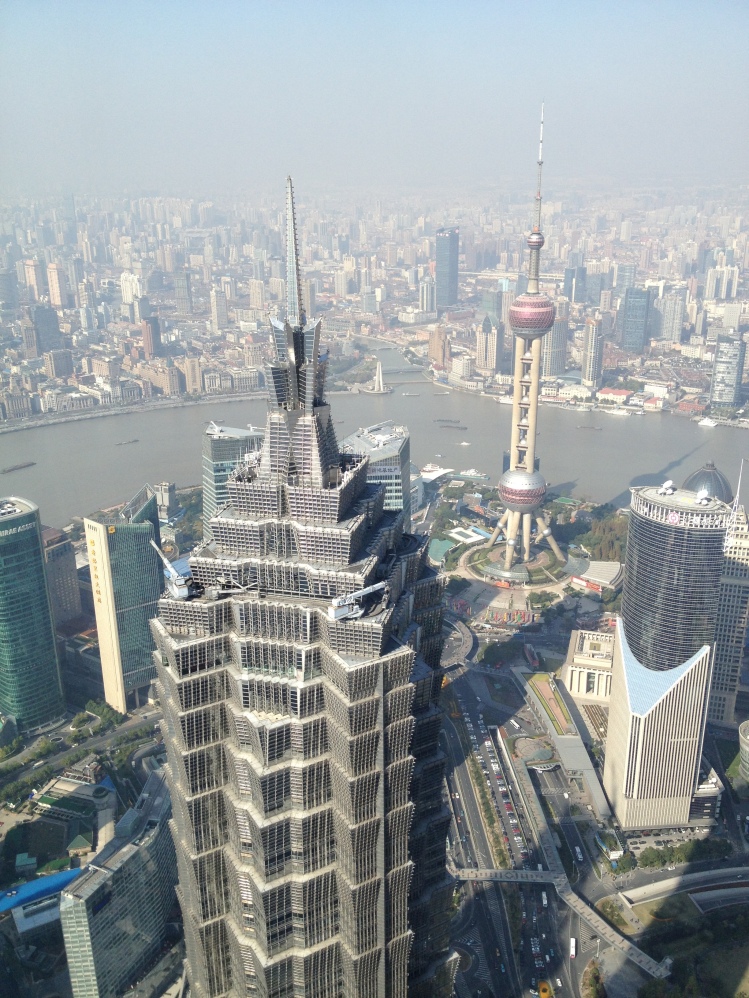Even though I’ve been to Shanghai plenty of times, I always try to check out new areas with each trip. This time around, I planned a long daytrip to Fengjing Water Town, Jinshan Peasants Painting Village, Thames Town and Chedun Film Studios, four attractions SW of Shanghai. I found a car and driver on the internet to take us around. Lee drove a new red Passat and offered the best all inclusive rate (tolls, parking, gas, wait time) but was terribly slow and never went over 2,000 RPMs in order to save gas and maximize his profit. It was certainly frustrating but at least we were able to see everything we wanted.
Our first stop was Fengjing Water Town, one of a dozen or so “Venice of China” near Shanghai. The ticket was inexpensive compared to some of the more established water towns like Zhujiajiao, Wuzhen, and Zhouzhuang. I visited Xitang (whose claim to fame is being in Mission Impossible 3, but did anyone actually watch that movie?) the last time I was in China and it was far more impressive than Fengjing. If you’re interested in visiting Fengjing, my tip is to skip the main gate where you buy tickets and explore the old town on your own. The town is accessible without buying a ticket and individual “attractions” can be paid for on the spot. If you’re determined to buy an entry ticket, make sure to bring your student ID (we all have one from some school years ago, don’t we?) and get 50% off here and pretty much anywhere in China. Grandma liked Fengjing more than us as it was home to quite a few famous Chinese painters that she and Grandpa were friends with.
Henry and I were a bit bored but we did enjoy drinking tea on a balcony overlooking the canal. The teahouse even had a bird that could say “NiHao.”

A nice peaceful canal in Fengjing

Bridge and canal in Fengjing

This garden in Fengjing is one of the paid attractions (included in the main ticket or can be purchased separately). The garden is built in the typical style of the region.
Next on the agenda was the nearby Jinshan Peasant Painting Village where farmers have given up farming and have become peasant painters. The peasant painting style focuses on rural scenes through the use of bold vibrant colors and joyful characters.

Peasant painters sell their art to the public

Jinshan Peasants Painting Village
After a quick lamian (handpulled noodle soup) lunch stop, we moved onto Thames Town. Thames Town was constructed in 2006 as one of 9 new satellite towns of Shanghai. The English-style town features homes and a commercial area and while the homes were sold rapidly, they were purchased as investment properties or vacation homes and actual population in the area is very low. Although it is a virtual ghost town at night, it is very popular during the day time as a backdrop for wedding photos. Aside from a few cafes and restaurants, almost all of the retail space has been leased to wedding photography studios. From a commercial real estate banker perspective, this town (and so many other developments in China) is a failure and would have a hard time obtaining construction financing in the US. But as a tourist, it was quite entertaining.

Wedding photo central

More couples taking wedding photos

More wedding photos
Our final stop of the day was the Chedun Film Studios, kind of like the Universal Studios of Shanghai but far lower-tech and without all of the rides. The streets and sets were constructed in the old Shanghai style (prior to the “Liberation”) and there was even an operating cable car that we were able to ride.
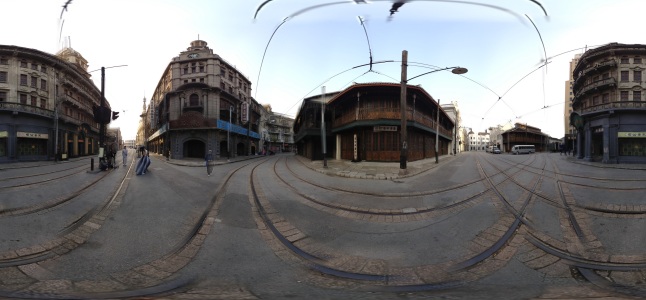
My 360 didn’t match perfectly but this is Old Nanjing Road at Chedun Film Studios
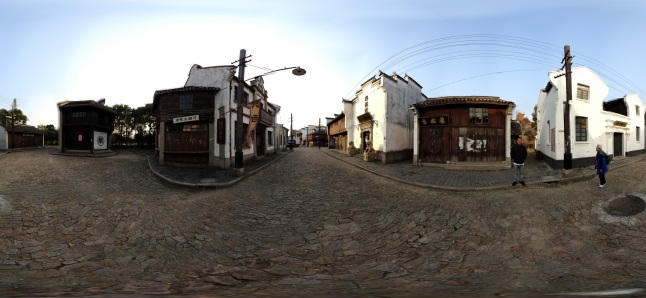
Old Shanghai street at Chedun Film Studios

Old Shanghai Commercial Street

Old Shanghai Street Car
